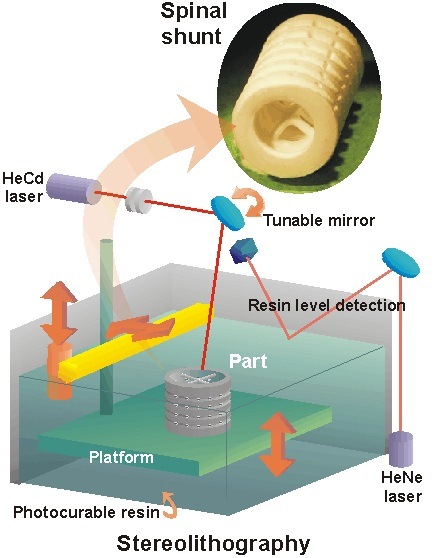In summer 2011 I have designed a Mold of the Main body of the Oxygen inhaler.
I share my knowledge and difficulties that I faced while designing the Mold.
Product Information: Component is the main body of the oxygen inhaler used by Indian army at high altitude like kargil and Siachin Glacier. The body is assembled with the three way valve and the mouth piece ( molds of both is designed by my colleagues). body consist of the three side holes on one side and two on another side.After analyzing the part I decide to put the combination of GATE on the part- PIN GATE and MODIFIED DIAPHRAGM GATE, and hence I have to design a three plate mold.
Since the Part is hollow from inside so I decided to do a sleeve ejection.
MATERIAL: NYLON 6 FOOD GRADE.
I share my knowledge and difficulties that I faced while designing the Mold.
Product Information: Component is the main body of the oxygen inhaler used by Indian army at high altitude like kargil and Siachin Glacier. The body is assembled with the three way valve and the mouth piece ( molds of both is designed by my colleagues). body consist of the three side holes on one side and two on another side.After analyzing the part I decide to put the combination of GATE on the part- PIN GATE and MODIFIED DIAPHRAGM GATE, and hence I have to design a three plate mold.
Since the Part is hollow from inside so I decided to do a sleeve ejection.
MATERIAL: NYLON 6 FOOD GRADE.





